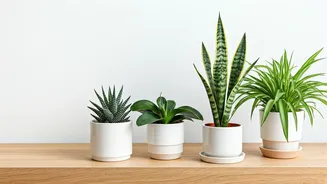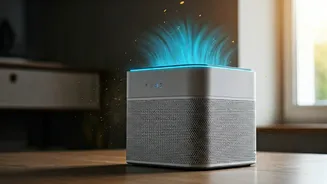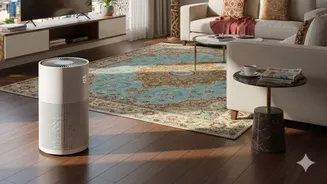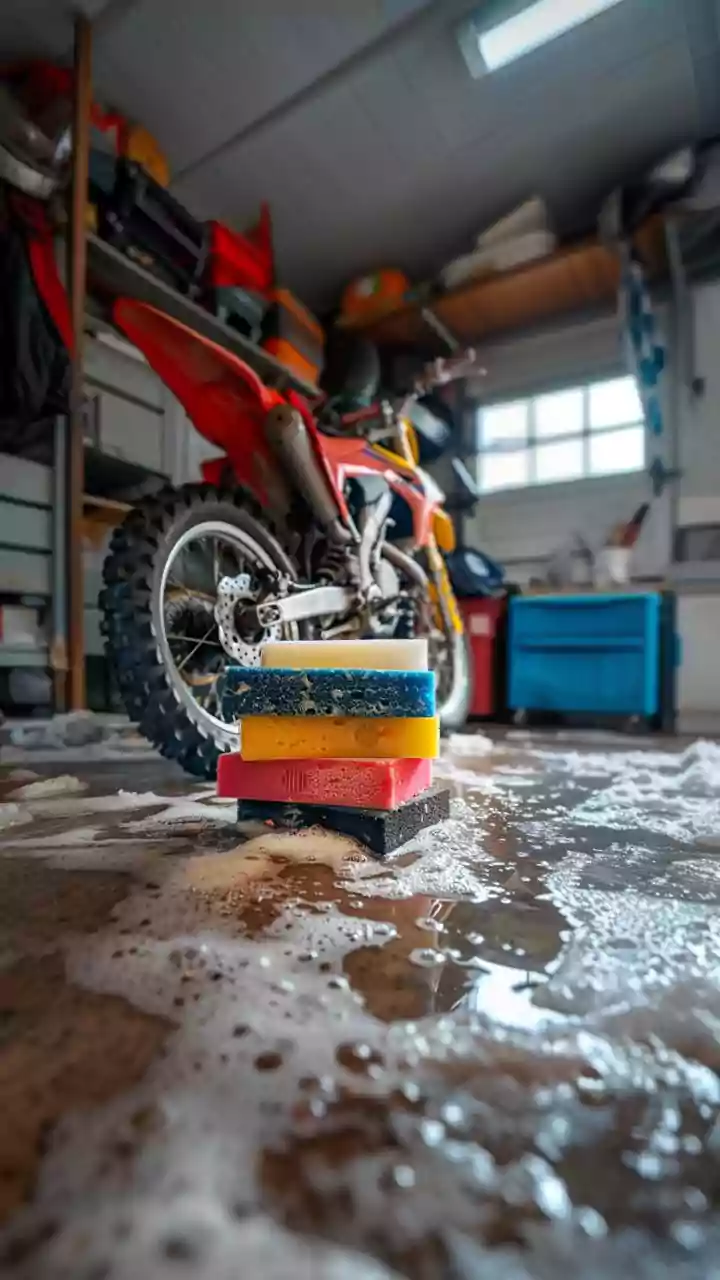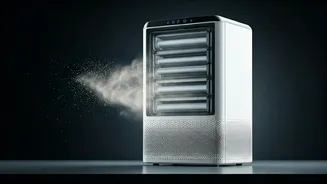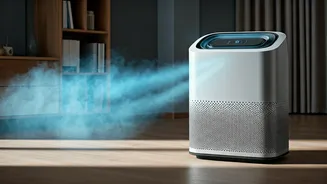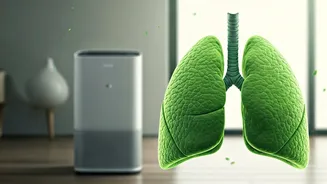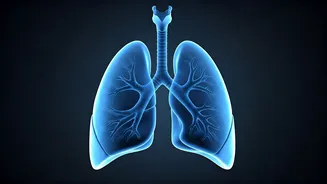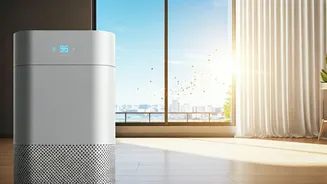Clean Air Imperative
Indoor air quality can often be worse than outdoor air quality, making it crucial to implement strategies for purification. Poor air quality can lead to various
health issues, including respiratory problems and allergic reactions. This is particularly concerning during periods of high pollution, such as Diwali, when the air is thick with pollutants. By adopting simple measures, you can dramatically improve the air you breathe daily. This guide provides ten effective tips to help create a healthier living space, offering straightforward methods to clean and purify the air in your home.
Houseplants: Natural Filters
One of the most effective and aesthetically pleasing ways to purify air is by incorporating houseplants. Certain plants are natural air purifiers, absorbing toxins and releasing oxygen. Popular choices include snake plants, spider plants, and peace lilies, all of which are relatively easy to care for and can thrive in various indoor conditions. These plants act as natural filters, removing harmful substances like formaldehyde and benzene from the air. Strategically placing these plants in different rooms can significantly improve indoor air quality and add a touch of nature to your living spaces.
Ventilate Regularly
Opening windows and doors regularly is another simple yet essential step in air purification. Ventilation helps to circulate fresh air and remove stagnant, polluted air that can accumulate indoors. Aim to ventilate your home for at least 15-20 minutes each day, especially during cooler times to avoid bringing in excessive heat or cold. This practice is crucial in removing indoor pollutants like dust, mold spores, and volatile organic compounds (VOCs) that can be released from household products and furniture. Ensure proper ventilation in all rooms, paying extra attention to areas prone to moisture, such as bathrooms and kitchens.
Air Purifier Investment
Investing in an air purifier is a practical solution, particularly in areas with high levels of pollution. Air purifiers use filters to trap airborne particles, allergens, and pollutants. When selecting an air purifier, consider factors such as the size of the room and the type of filter it uses. HEPA filters are particularly effective at removing small particles like dust, pollen, and pet dander. Air purifiers can be especially beneficial during peak pollution seasons and for individuals with respiratory sensitivities, providing cleaner, healthier air throughout the home. They are a significant step towards creating a comfortable and safe indoor environment.
DIY Air Fresheners
Creating your own natural air fresheners is a cost-effective and eco-friendly way to improve indoor air quality. Many commercial air fresheners contain chemicals that can be harmful. Homemade alternatives, like essential oil diffusers or simmer pots, offer a safer, more pleasant way to freshen the air. Essential oils such as lavender, eucalyptus, and tea tree have natural antibacterial and antiviral properties, helping to cleanse the air while providing a relaxing aroma. These homemade solutions not only eliminate odors but also contribute to a healthier indoor environment, free from artificial chemicals.
Avoid Aerosols and Chemicals
Reducing the use of aerosols and household chemicals is essential for maintaining good indoor air quality. Many cleaning products, air fresheners, and personal care items release VOCs. These chemicals can irritate the respiratory system and contribute to indoor air pollution. Opt for natural, eco-friendly cleaning products or make your own using ingredients like vinegar, baking soda, and essential oils. By minimizing the use of these potentially harmful products, you can significantly reduce the level of pollutants in your home, leading to healthier air and a safer environment for your family.
Dust and Vacuum Regularly
Regular cleaning is a cornerstone of air purification. Dust and allergens accumulate on surfaces and can circulate in the air, triggering allergies and respiratory issues. Vacuuming floors, rugs, and upholstery frequently, using a vacuum cleaner with a HEPA filter, is crucial for removing these particles. Dusting surfaces with a damp cloth or microfiber cloth can also help capture dust effectively. Regular cleaning prevents the build-up of dust and allergens, improving indoor air quality and providing a healthier living environment. Making this part of your routine is important for all homes.
Control Humidity Levels
Maintaining proper humidity levels is vital to prevent the growth of mold and mildew, which can significantly affect indoor air quality. Excessive humidity creates an ideal environment for these harmful organisms to thrive. Use a dehumidifier in areas prone to dampness, such as bathrooms and basements, to regulate humidity levels. Aim for a humidity level between 30% and 50%. Proper ventilation and regular cleaning can also help control humidity. By managing humidity, you can create a healthier indoor environment and prevent the problems associated with mold and mildew.
Check HVAC Systems
Regularly maintaining your HVAC (heating, ventilation, and air conditioning) system is essential for ensuring clean air circulation throughout your home. Change air filters frequently to trap dust, allergens, and pollutants. Schedule professional maintenance to clean ducts and inspect the system for any issues. A well-maintained HVAC system ensures efficient air filtration and prevents the circulation of contaminants. Checking your system regularly is important for consistent air quality.
Monitor for Mold
Mold can pose a serious threat to indoor air quality, releasing spores that can cause allergic reactions and respiratory problems. Regularly inspect your home for signs of mold, paying attention to damp areas like bathrooms, kitchens, and basements. Address any mold growth immediately, removing it properly and addressing the source of moisture to prevent recurrence. If you suspect a mold problem, consider professional mold remediation services. By monitoring for and addressing mold issues promptly, you can protect the health of your family and maintain a healthy indoor environment.
